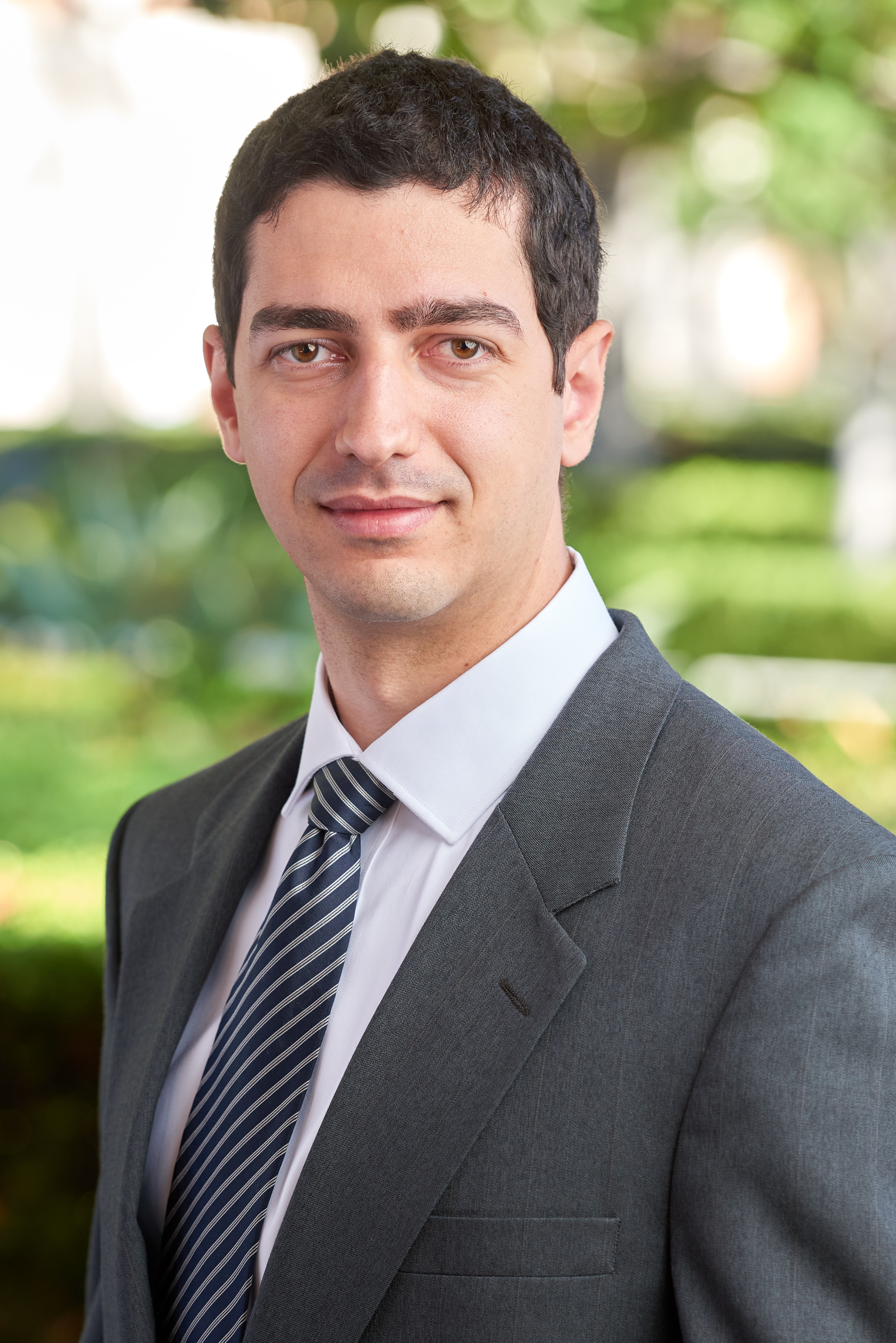Hyperoxemia among Pediatric Intensive Care Unit Patients Receiving Oxygen Therapy
Published in Journal of Pediatric Intensive Care, 2021
Abstract
Supratherapeutic oxygen levels consistently cause oxygen toxicity in the lungs and other organs. The prevalence and severity of hyperoxemia among pediatric intensive care unit (PICU) patients remain unknown. This was the first study to examine the prevalence and duration of hyperoxemia in PICU patients receiving oxygen therapy. This is a retrospective chart review. This was performed in a setting of 36-bed PICU in a quaternary-care children’s hospital. All the patients were children aged <18 years, admitted to the PICU for ≥24 hours, receiving oxygen therapy for ≥12 hours who had at least one arterial blood gas during this time.
There was no intervention. Of 5,251 patients admitted to the PICU, 614 were included in the study. On average, these patients received oxygen therapy for 91% of their time in the PICU and remained hyperoxemic, as measured by pulse oximetry, for 65% of their time on oxygen therapy. Patients on oxygen therapy remained hyperoxemic for a median of 38 hours per patient and only 1.1% of patients did not experience any hyperoxemia. Most of the time (87.5%) patients received oxygen therapy through a fraction of inspired oxygen (FiO2)-adjustable device. Mean FiO2 on noninvasive support was 0.56 and on invasive support was 0.37. Mean partial pressure of oxygen (PaO2) on oxygen therapy was 108.7 torr and 3,037 (42.1%) of PaO2 measurements were >100 torr. Despite relatively low FiO2, PICU patients receiving oxygen therapy are commonly exposed to prolonged hyperoxemia, which may contribute to ongoing organ injury.
